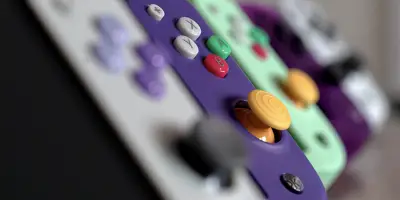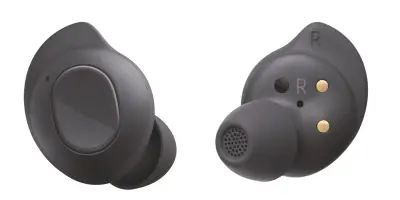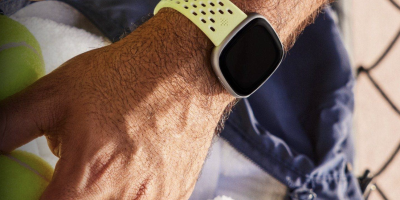Sending your broken device back to the original company for repair is ideal. But sometimes it isn’t as convenient or cost-effective. This is why some people choose to repair their phones at third-party shops that might use cheaper non-official components. Google has come under fire recently for wording in its terms and conditions suggesting that they might keep a Pixel phone sent to them for repair if it was discovered that non-OEM parts were used.
This is according to a report from Android Authority where they cite YouTuber Louis Rossmann who discovered a clause in Google’s service and repair terms and conditions. This clause basically states that customers will not send in a Pixel device that contains non-OEM parts. It also states that if they do, your device might not be returned. This is alarming as it basically sounds like Google is “confiscating” your phone.
Thankfully, it seems that this isn’t what Google means. The company has since issued a statement to the publication to clarify the terms. They also reassured customers that they will not keep Pixel phones found to be using non-OEM parts. Google says that they will be updating their T&C to make this more clear.
“If a customer sends their Pixel to Google for repair, we would not keep it regardless of whether it has non-OEM parts or not. In certain situations, we won’t be able to complete a repair if there are safety concerns. In that case, we will either send it back to the customer or work with them to determine next steps. Customers are also free to seek the repair options that work best for them. We are updating our Terms and Conditions to clarify this.”
A few years ago, Google announced a partnership with iFixit that would make it easier for users to get their hands on official components for DIY repairs.










Comments